The dance of meteors across the night sky has captivated humans for millennia, inspiring myths, legends, and scientific pursuits. While meteor showers occur regularly throughout the year, light pollution in populated areas often obscures these celestial displays.
The search for perfect viewing conditions has led astronomy enthusiasts to seek out the world’s most remote locations, where dark skies reveal the true splendor of these cosmic light shows. Here is a list of 20 extraordinary destinations where perfect atmospheric conditions, minimal light pollution, and high elevation combine to create ideal meteor-watching conditions.
From isolated desert plateaus to remote mountain peaks, these locations offer unparalleled views of nature’s most spectacular light show.
Atacama Desert

Chile’s Atacama Desert stands as the world’s highest non-polar desert, offering arguably the clearest night skies on Earth. The extreme aridity and high altitude create perfect viewing conditions for celestial events, including the southern hemisphere’s unique meteor showers.
The small town of San Pedro de Atacama serves as a base for astronomy enthusiasts, with several observatories offering guided stargazing experiences. The desert’s isolation from major population centers ensures minimal light pollution, while the stable atmospheric conditions provide consistently clear viewing throughout the year.
The high elevation of 8,000 feet further enhances the visibility of meteor trails.
NamibRand Nature Reserve
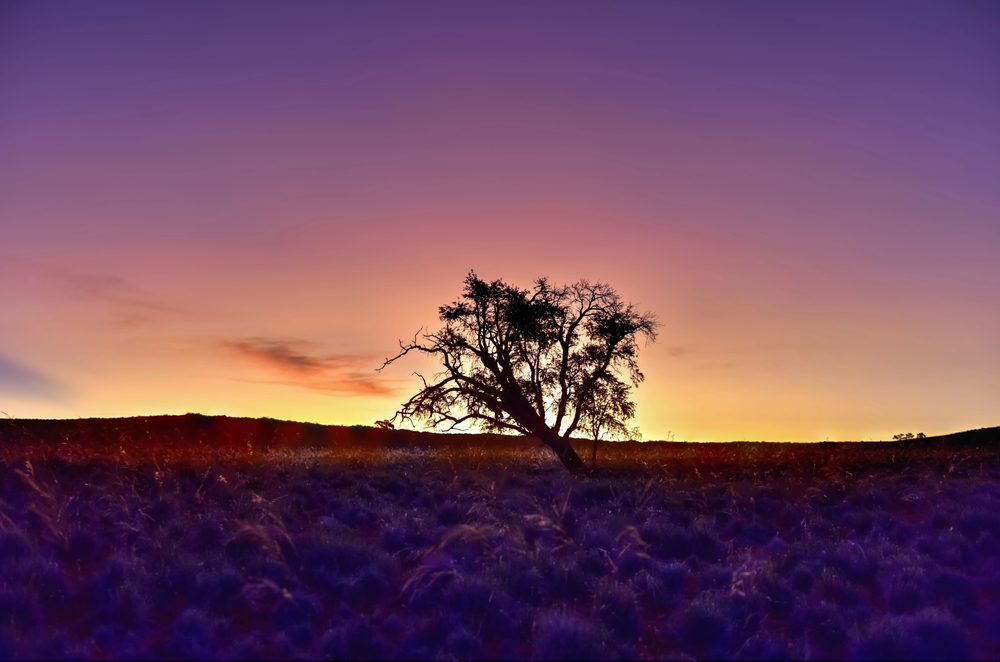
This African dark sky sanctuary in Namibia provides some of the continent’s most pristine meteor-viewing conditions. The reserve’s location in the heart of the Namib Desert ensures consistently clear skies and negligible light pollution throughout the year.
Elevated viewing platforms at several camps offer unobstructed views of both southern and northern hemisphere meteor showers. The reserve’s commitment to dark sky preservation includes strict lighting regulations for all facilities.
The combination of high elevation and desert climate creates ideal viewing conditions during major meteor events.
Like Travel Pug’s content? Follow us on MSN.
Mauna Kea
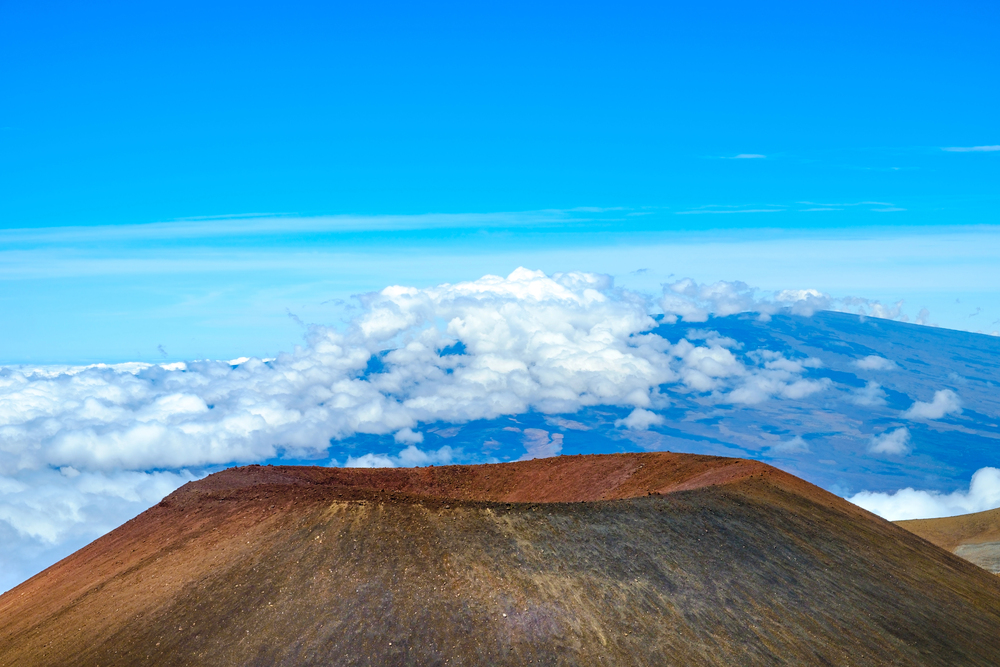
Hawaii’s highest peak offers exceptional meteor shower viewing from its 13,803-foot summit. The mountain rises above most atmospheric moisture, providing extraordinarily clear views of the night sky.
The Visitor Information Station, which is 9,200 feet in height, serves as a comfortable base for meteor watching without requiring summit acclimatization. The isolated location in the Pacific Ocean means minimal light pollution affects the viewing experience.
The mountain’s position near the equator allows observation of both northern and southern hemisphere meteor showers.
Aoraki Mackenzie
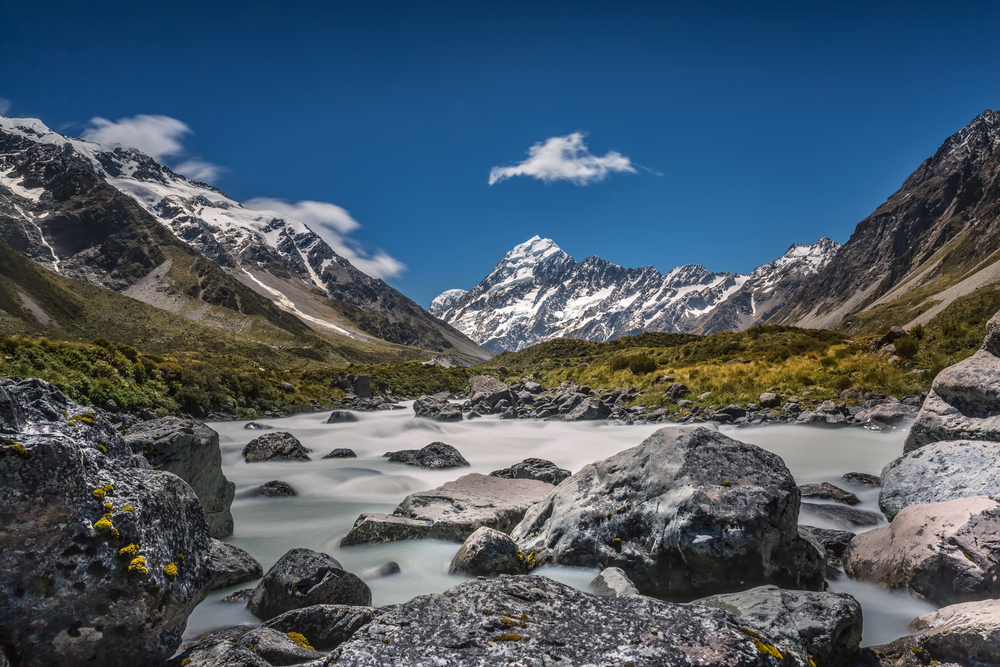
New Zealand’s premier dark sky reserve encompasses 1,600 square miles of protected night skies in the South Island. The region’s strict lighting ordinances have preserved exceptional darkness since 1981, making it perfect for meteor observation.
Mount John Observatory provides guided viewing sessions during major meteor showers. The area’s isolation from major cities and varying elevation options allow viewers to position themselves above any low-lying clouds.
The Southern Alps create a natural barrier that blocks coastal weather patterns, ensuring clearer skies.
Death Valley
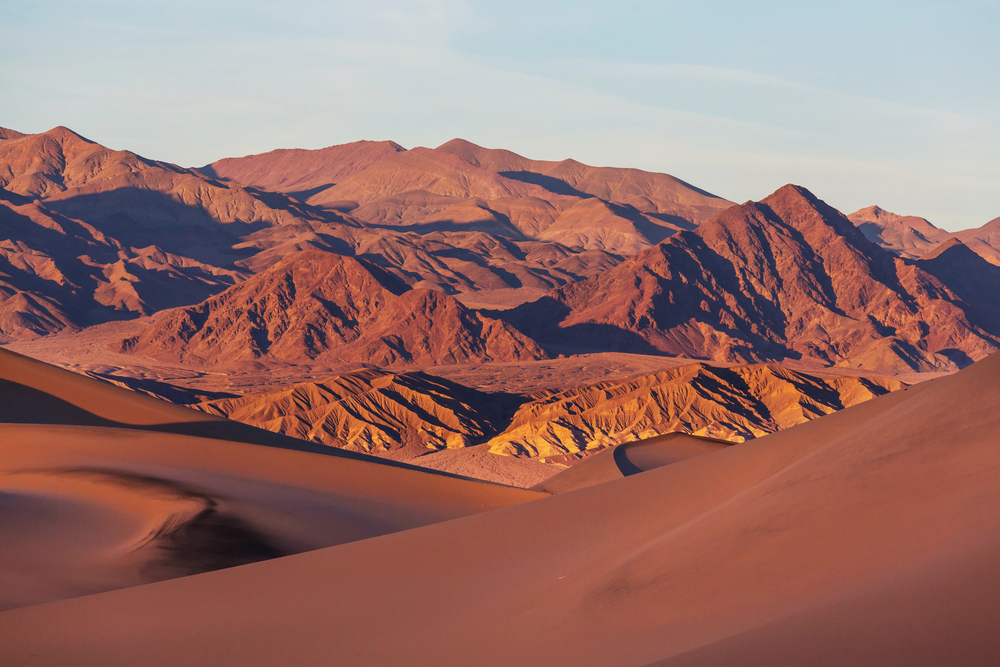
This California national park offers some of the darkest skies in the United States, with its remote location and low humidity creating perfect meteor-viewing conditions. The Mesquite Flat Sand Dunes provide comfortable viewing spots with expansive sky views unobstructed by surrounding mountains.
The park’s Furnace Creek area, at 190 feet below sea level, offers uniquely clear atmospheric viewing conditions. Rangers often conduct special programs during major meteor showers, providing astronomical context and viewing tips.
The desert environment ensures minimal cloud cover throughout most of the year.
Like Travel Pug’s content? Follow us on MSN.
Elqui Valley
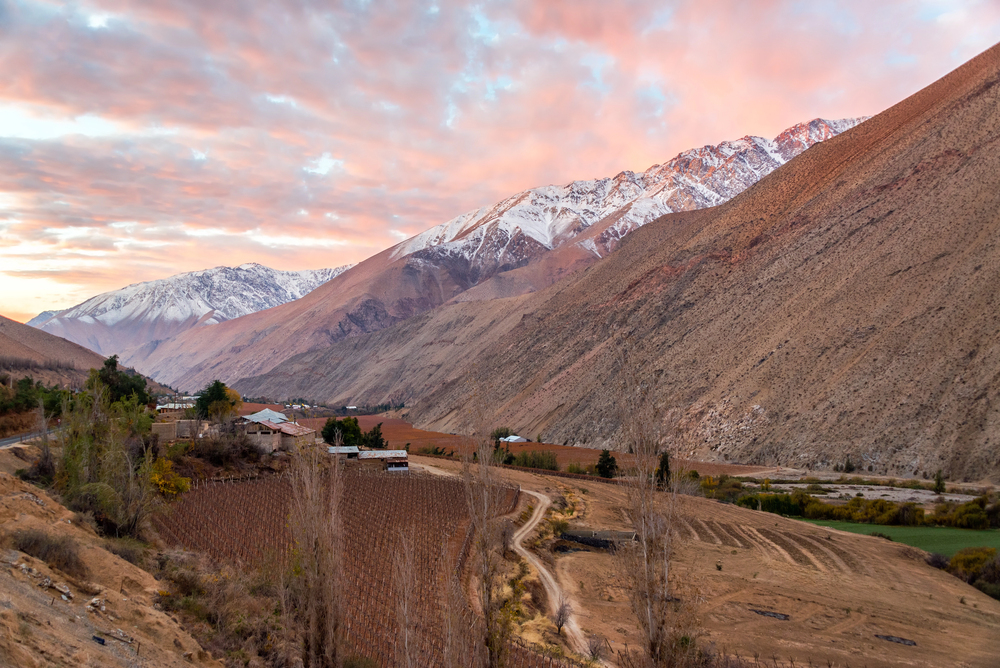
Chile’s Elqui Valley combines world-class astronomical facilities with perfect meteor-viewing conditions. The valley’s microclimate ensures clear skies more than 300 nights per year, while its elevation provides crisp, clean air.
Several astronomical hotels cater specifically to stargazers, offering specialized viewing platforms and equipment. The surrounding mountains block light pollution from coastal cities, creating a natural dark sky sanctuary.
The valley’s position south of the equator provides unique views of southern meteor showers.
Brecon Beacons

This Welsh national park earned its dark sky status through careful light pollution management and natural geographic isolation. The park’s rolling hills provide numerous elevated viewing spots away from any artificial light sources.
The Usk Reservoir serves as a popular meteor-watching location, offering clear views of the northern sky. Local astronomical societies organize guided viewing sessions during major meteor events.
The park’s relatively accessible location makes it an ideal spot for European observers.
Natural Bridges

Utah’s first dark sky park offers exceptional meteor viewing from its high desert plateau location. The park’s natural bridges provide dramatic foreground elements for meteor photography enthusiasts.
The remote location ensures minimal light pollution, while the high elevation provides clearer atmospheric viewing. The park maintains several designated stargazing areas with comfortable seating and interpretive materials.
The desert climate guarantees excellent visibility during most major meteor showers.
Like Travel Pug’s content? Follow us on MSN.
Teide National Park
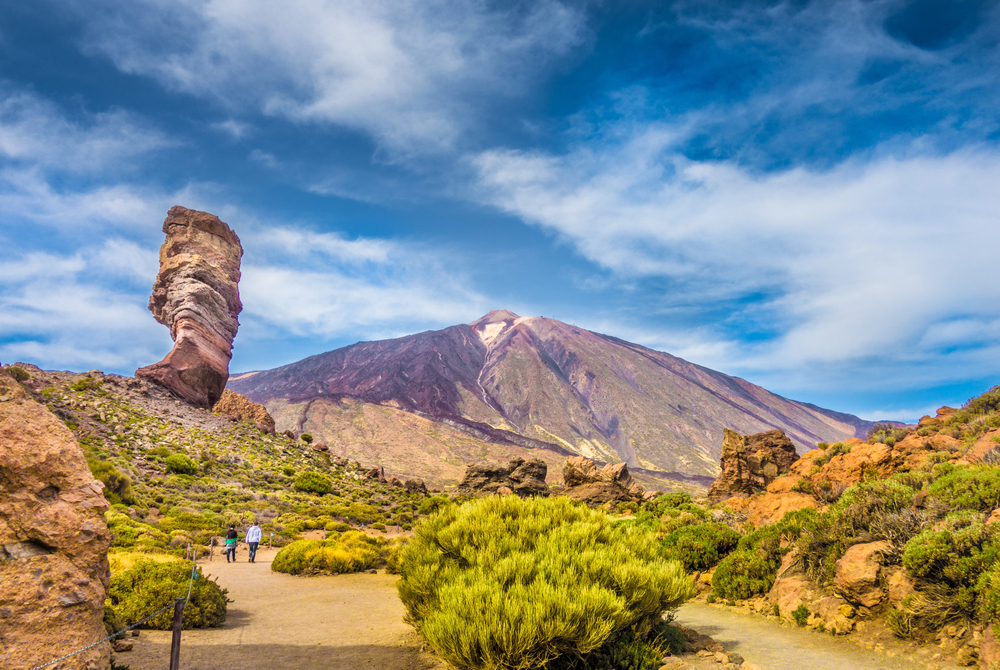
This Canary Islands park centers around Spain’s highest peak, offering exceptional atmospheric conditions for meteor observation. The park’s elevation above the cloud layer ensures clear viewing even when coastal areas are overcast.
The volcanic landscape provides numerous elevated viewing locations with unobstructed horizons. The park’s astronomical observatory confirms the exceptional quality of the night sky.
The location off Africa’s west coast provides unique viewing angles for northern meteor showers.
Trysil

This Norwegian mountain resort transforms into a premier meteor-viewing destination during the dark winter months. The location within the Arctic Circle provides unique opportunities to combine meteor watching with northern lights viewing.
Several mountain lodges offer heated outdoor viewing areas specifically designed for astronomical observation. The region’s isolation from major population centers ensures exceptionally dark skies.
The high latitude provides extended viewing periods during winter meteor showers.
Tenerife Mountain
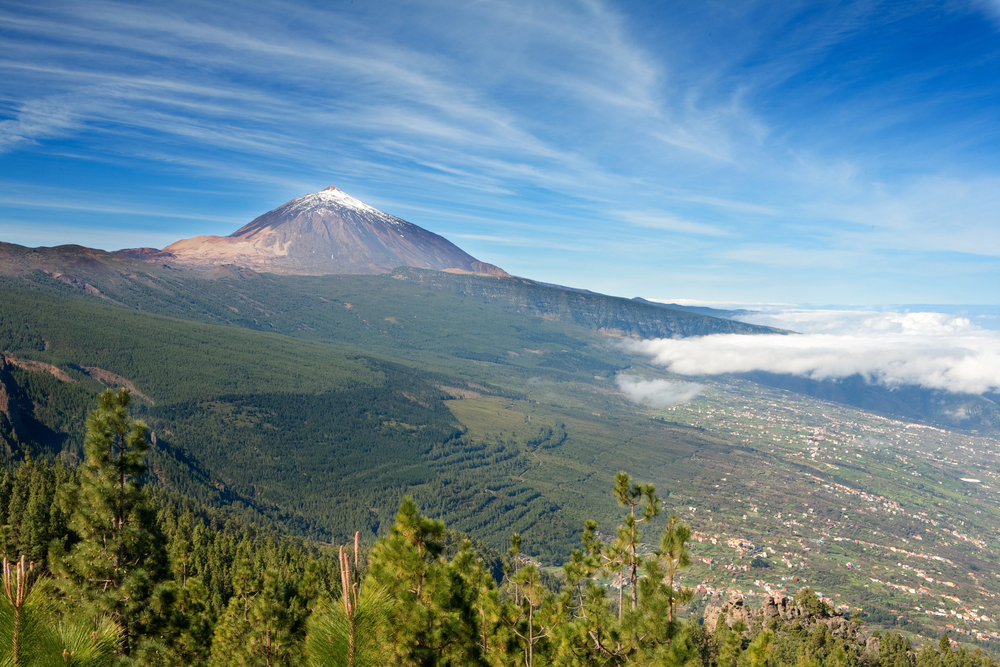
This volcanic peak in the Canary Islands rises above the Atlantic Ocean, offering pristine meteor-viewing conditions. The mountain’s summit stands above the marine layer, ensuring clear skies even when clouds cover lower elevations.
The island’s strict light pollution controls protect the quality of astronomical viewing. Several astronomical facilities provide public viewing sessions during major meteor events.
The subtropical location offers comfortable viewing conditions throughout the year.
Like Travel Pug’s content? Follow us on MSN.
Big Bend

This Texas national park’s remote location creates one of the darkest night skies in North America. The Chisos Mountains provide elevated viewing locations above the desert floor, offering expansive sky views.
The park’s border location ensures minimal light pollution from surrounding development. Several primitive campgrounds cater specifically to astronomical viewing.
The desert climate provides reliable clear skies during most meteor shower peaks.
Pic du Midi
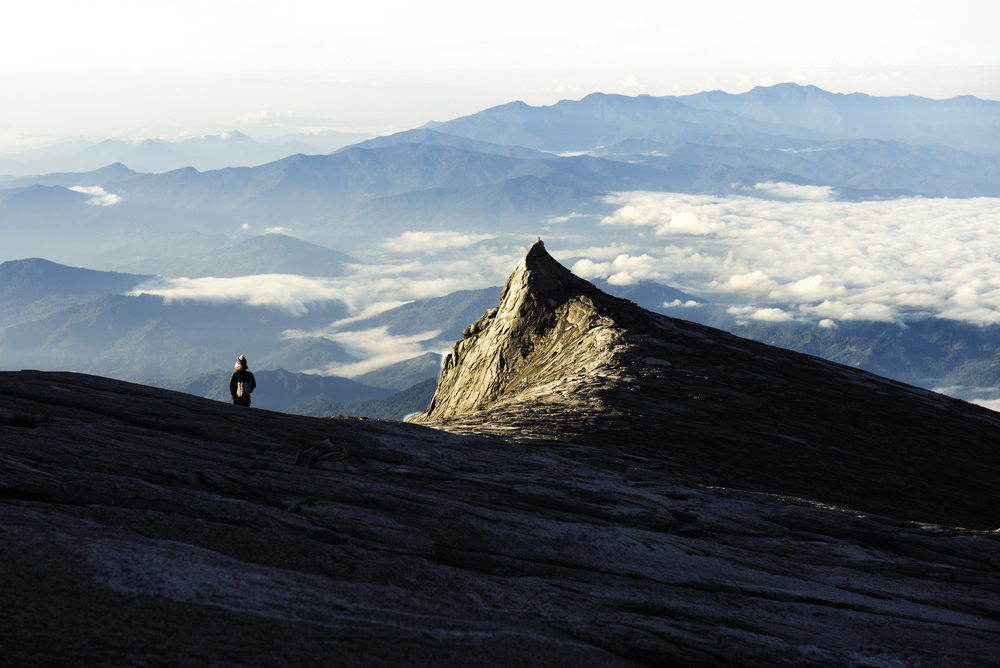
This French Pyrenees observatory offers exceptional meteor viewing from its 9,439-foot summit. The mountain’s location provides clear views above frequently cloudy lowlands.
A cable car system makes the summit accessible to casual observers during meteor events. The observatory’s museum provides context about meteor science and observation.
The high elevation creates ideal viewing conditions for northern hemisphere meteor showers.
Cherry Springs
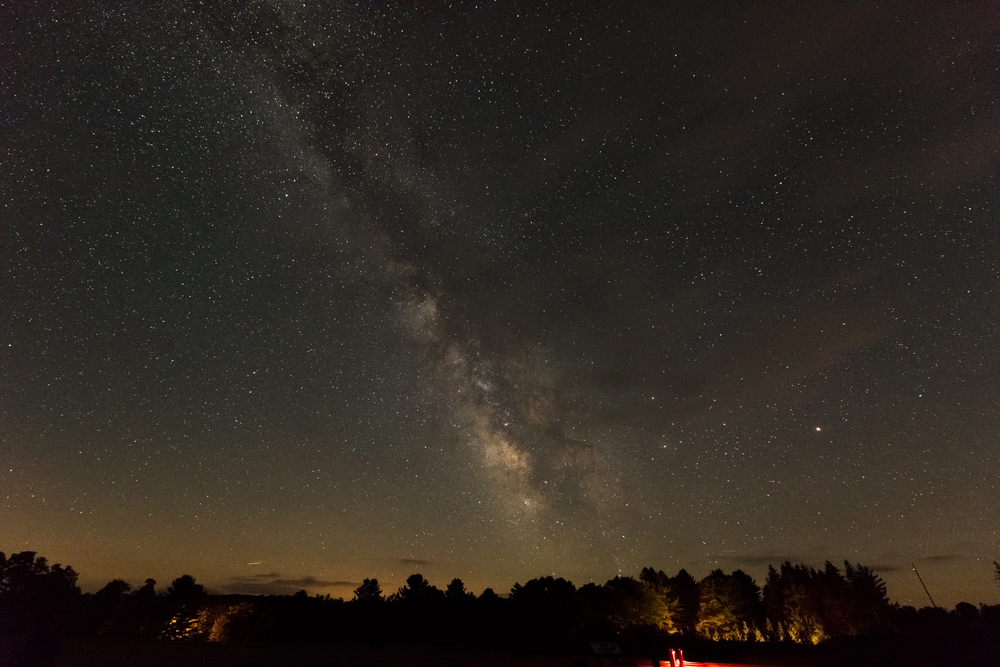
This Pennsylvania state park specializes in dark sky preservation, offering premier meteor viewing on the eastern seaboard. The park’s astronomical field provides unobstructed views of the entire sky dome.
Special meteor shower programs include educational presentations and guided viewing sessions. The mountaintop location helps viewers escape valley fog and local light pollution.
The park maintains strict lighting controls during astronomical events.
Like Travel Pug’s content? Follow us on MSN.
Uluru

Australia’s Red Center provides extraordinary meteor-viewing opportunities in the southern hemisphere. The flat desert horizon offers unobstructed views in all directions from the ancient monolith.
Several desert camps specialize in astronomical tourism, providing comfortable viewing facilities. The extreme isolation ensures some of the darkest skies in Australia.
The desert climate guarantees clear viewing conditions during most meteor showers.
Lake Tekapo
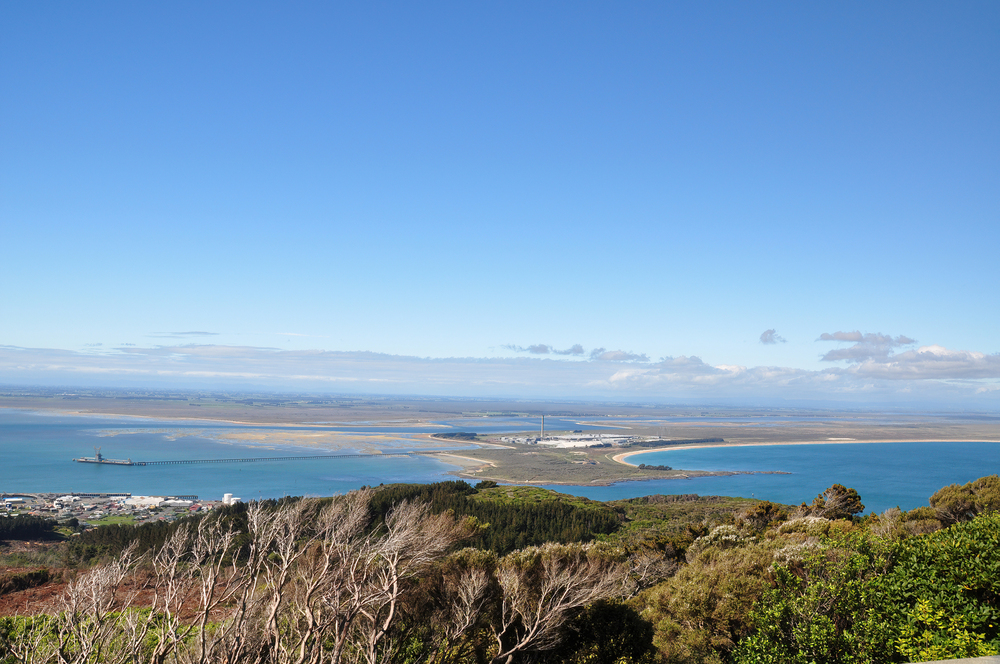
This New Zealand dark sky reserve offers exceptional meteor viewing against stunning alpine backdrops. The lake’s surface provides mirror-like reflections of meteor trails on clear nights.
Several astronomical facilities offer guided viewing sessions during major showers. The surrounding mountains block light pollution from distant communities.
The Southern Alps location ensures stable atmospheric conditions ideal for observation.
Jasper
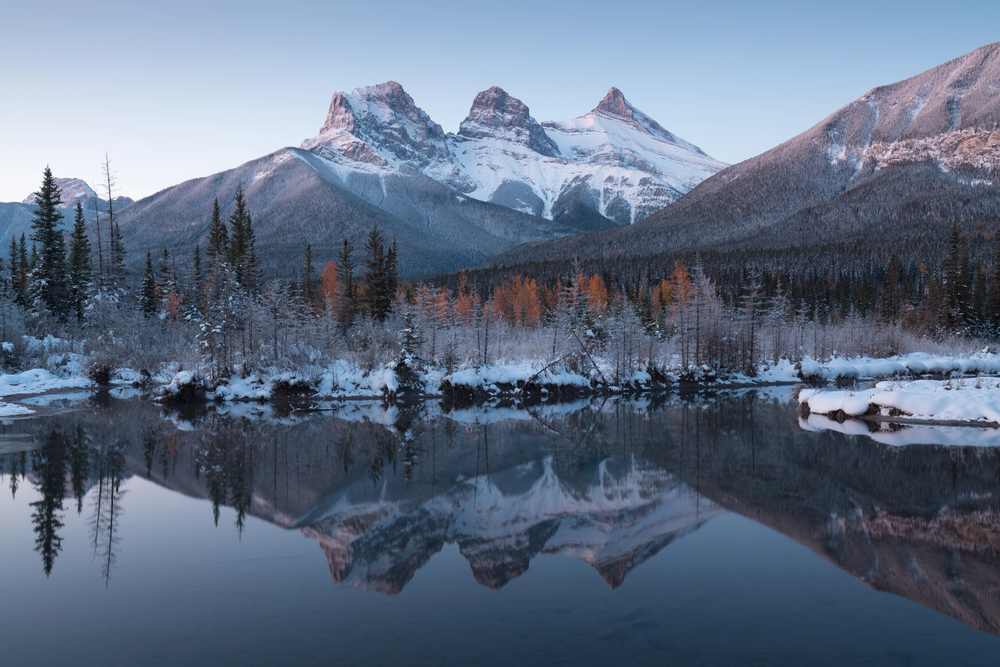
This Canadian national park in Alberta combines dark skies with dramatic Rocky Mountain scenery. The park’s dark sky preserve status ensures minimal light pollution affects meteor viewing.
Several alpine meadows provide perfect viewing locations above the treeline. The park organizes special events during major meteor showers, including educational programs.
The northern location offers unique viewing angles for certain meteor streams.
Like Travel Pug’s content? Follow us on MSN.
Sahara Desert
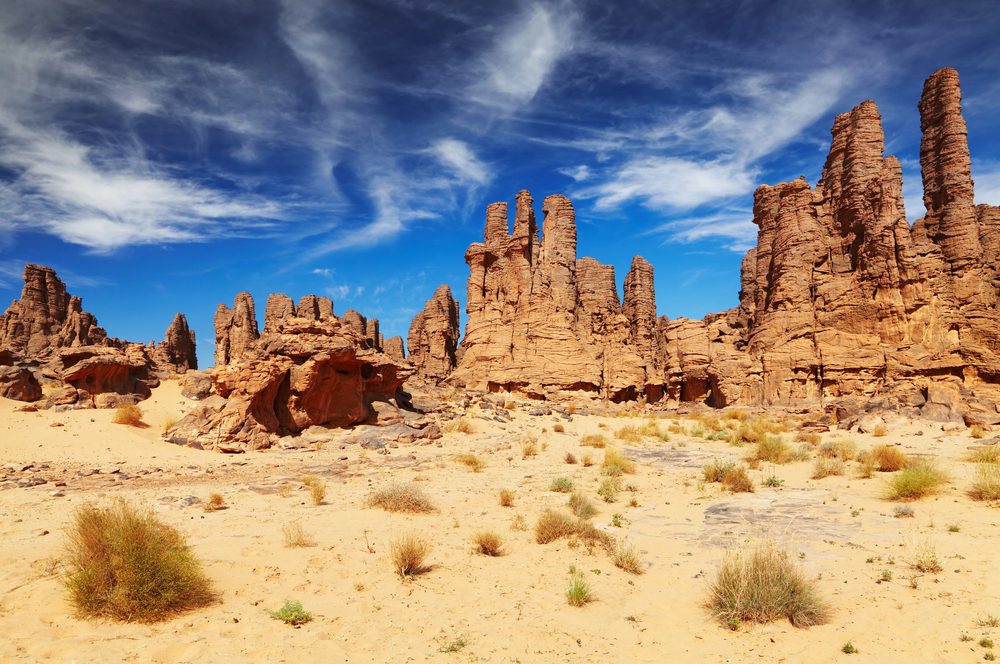
Morocco’s Sahara Desert provides extraordinary meteor-viewing conditions from its remote dune fields. Several desert camps offer specialized astronomical tourism experiences during meteor showers.
The extreme isolation ensures virtually no light pollution affects the viewing experience. The stable desert atmosphere provides exceptional clarity for meteor observation.
Traditional Berber guides share ancient celestial navigation knowledge during viewing sessions.
Kerry Dark Sky Reserve
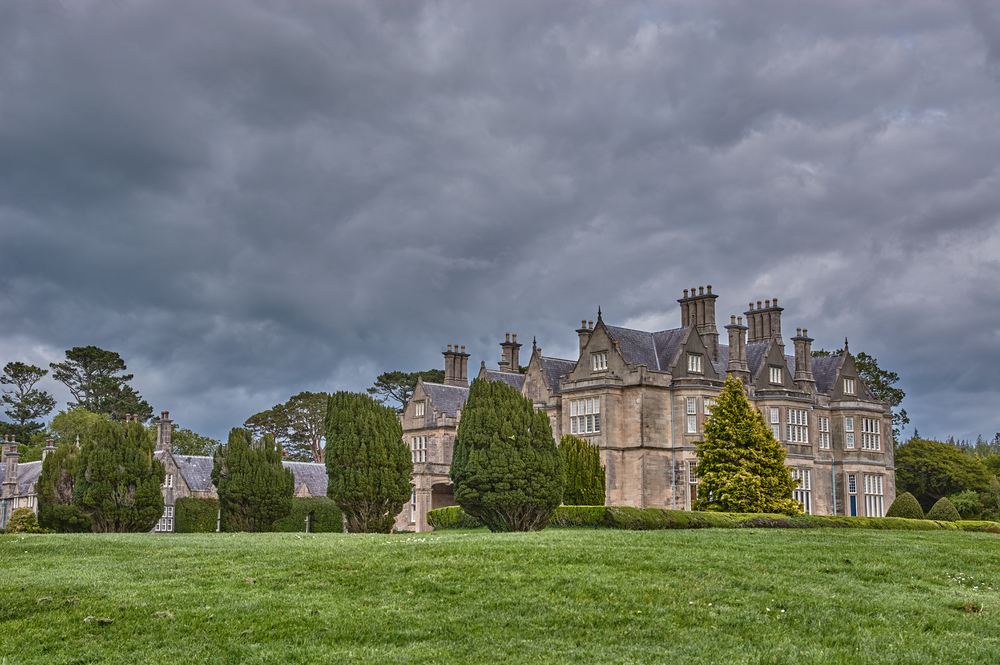
Ireland’s first international dark sky reserve offers exceptional meteor viewing opportunities. The remote Atlantic coast location ensures minimal light pollution from continental Europe.
Several elevated viewing sites provide comfortable facilities for extended observation sessions. Local astronomical societies organize regular meteor-watching events.
The maritime location often provides unique atmospheric viewing conditions.
Glacier Point

This Yosemite National Park viewpoint combines dark skies with dramatic alpine scenery. The 7,214-foot elevation provides clear viewing conditions above valley fog. Park rangers conduct astronomical programs during major meteor shower events.
The Sierra Nevada location ensures stable atmospheric conditions during summer meteor showers. The surrounding wilderness protects the area from encroaching light pollution.
Like Travel Pug’s content? Follow us on MSN.
The Future of Dark Sky Preservation
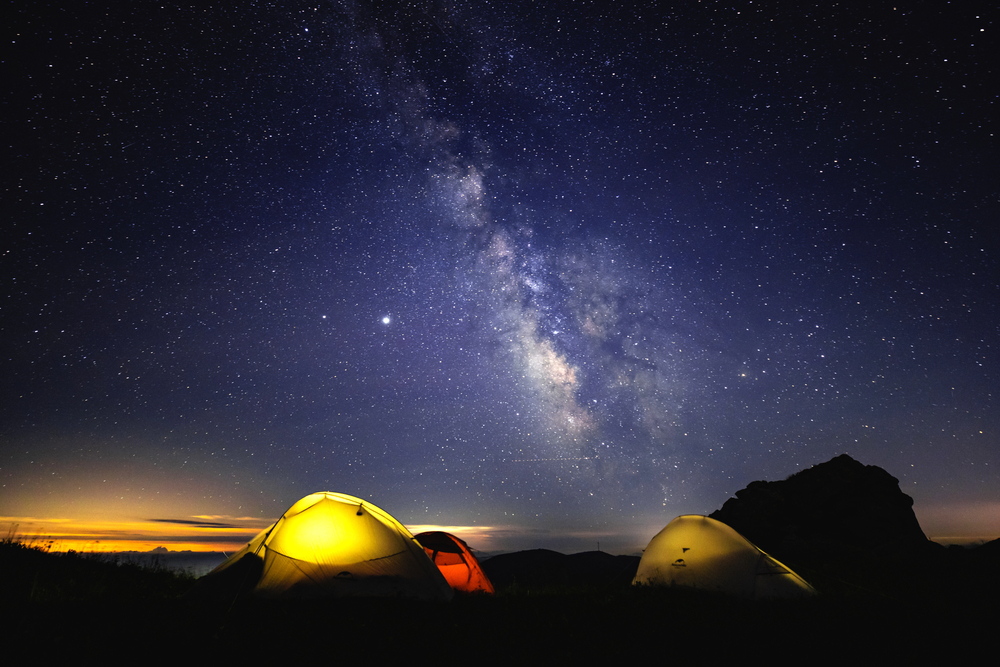
These remote locations represent more than just ideal meteor-viewing spots – they stand as crucial preserves of our ability to connect with the cosmos. As light pollution continues to increase globally, these dark sky sanctuaries become increasingly vital for both scientific observation and human inspiration.
Their protection ensures future generations will still have places where they can witness the magnificent spectacle of meteor showers in their full celestial glory.
More from Travel Pug

- 20 Towns Built for One Purpose That Were Later Abandoned
- 15 Hidden Spots in Disney World’s Magic Kingdom Most Visitors Miss
- 15 Most Scenic Walks Anywhere in The World
- 15 Canyons in the U.S. That Are Just as Stunning as the Grand Canyon
- 10 Under-the-Radar Mountain Towns That Are Both Affordable and Beautiful
Like Travel Pug’s content? Follow us on MSN.
